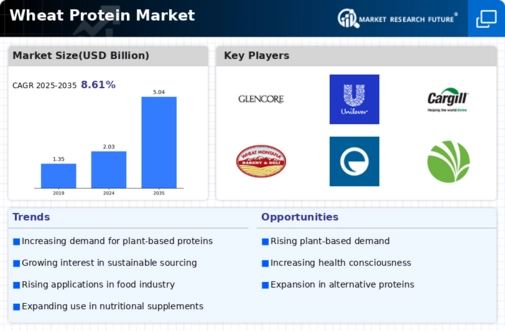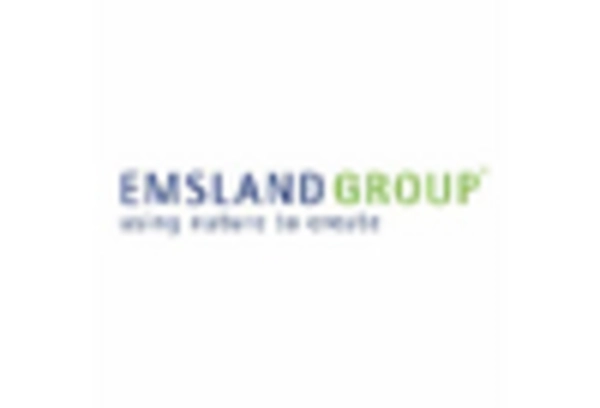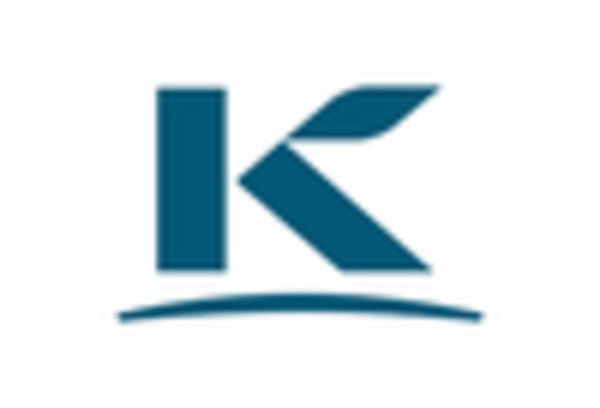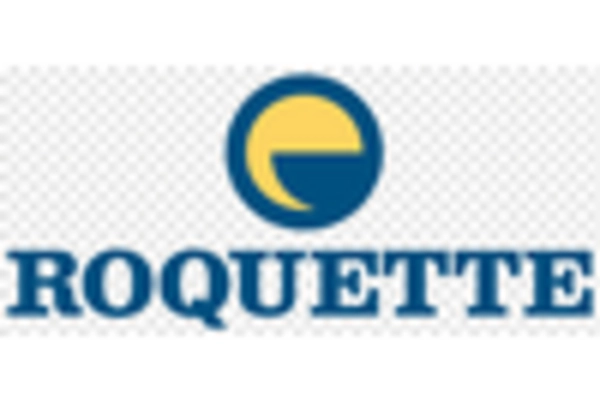Market Analysis
In-depth Analysis of Wheat Protein Market Industry Landscape
The market dynamics of wheat protein are undergoing substantial transformations, propelled by a combination of factors that reflect the increasing demand for plant-based protein, technological advancements, and shifting consumer preferences towards healthier food options. Wheat protein, derived from wheat grains, has gained prominence as a versatile protein source with applications in various industries, including food and beverages, cosmetics, and pharmaceuticals. One key driver of the market is the rising interest in plant-based diets and the quest for alternative protein sources. As consumers seek sustainable and cruelty-free options, wheat protein emerges as a viable solution, offering a protein-rich alternative derived from a widely cultivated and abundant crop.
The food and beverage industry plays a central role in shaping the market dynamics of wheat protein. With the growing adoption of plant-based diets and the increasing awareness of the environmental impact of traditional animal agriculture, food manufacturers are incorporating wheat protein into an array of products. From meat alternatives and dairy replacements to baked goods and snacks, the versatility of wheat protein addresses the demand for plant-based protein across various food categories. This trend is driven not only by the desire for sustainable and cruelty-free options but also by the functional properties of wheat protein, including its ability to improve texture, enhance moisture retention, and provide nutritional benefits.
The increasing focus on health and wellness also significantly contributes to the market dynamics of wheat protein. Consumers are becoming more conscious of their dietary choices and are seeking products that align with their health goals. Wheat protein, being gluten-free and rich in essential amino acids, caters to the demand for nutritious and allergen-friendly protein sources. The market responds by positioning wheat protein as a functional and health-promoting ingredient, influencing its incorporation into a diverse range of health-conscious products.
The cosmetic and personal care industry is another key player in shaping the market dynamics of wheat protein. Due to its film-forming and moisturizing properties, wheat protein is utilized in skincare, haircare, and cosmetic formulations. The natural origin of wheat protein aligns with the growing preference for clean and sustainable beauty products. The market dynamics reflect the increasing utilization of wheat protein in cosmetic formulations, expanding its footprint within the beauty and personal care industry.
Technological advancements in protein extraction and processing methods contribute to the evolving market dynamics of wheat protein. Innovations in isolating specific protein fractions, improving extraction efficiency, and developing cleaner processing methods enhance the overall quality and functionality of wheat protein. These advancements expand the application possibilities of wheat protein in various industries, influencing market dynamics by making it more adaptable and appealing to a broader range of product formulations.
Global trade and international market dynamics also impact the wheat protein market, as the sourcing and availability of raw materials from different regions influence pricing and supply chains. Trade agreements, regulatory considerations, and geopolitical factors contribute to the overall market dynamics, necessitating industry stakeholders to navigate and adapt to changing global conditions.
Challenges within the market dynamics of wheat protein include potential concerns related to gluten content for individuals with gluten sensitivities or celiac disease. To address these challenges, the industry focuses on developing gluten-free wheat protein products and providing clear labeling to inform consumers about the gluten content.

















Leave a Comment